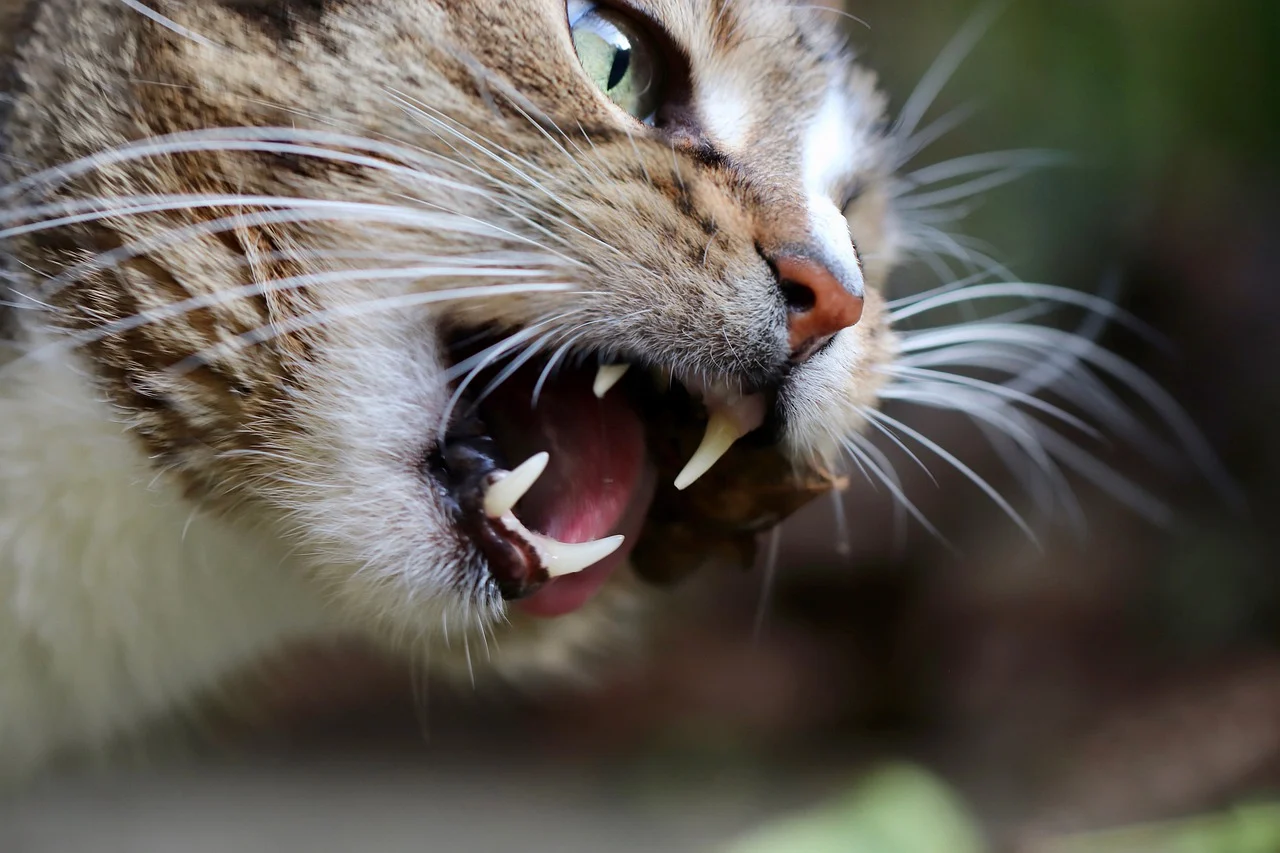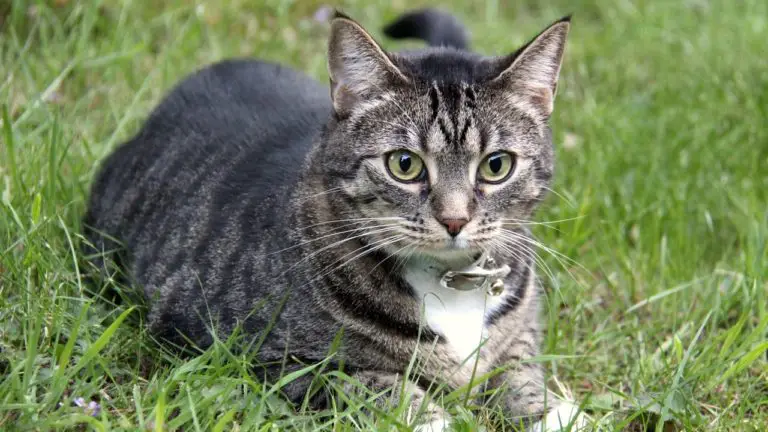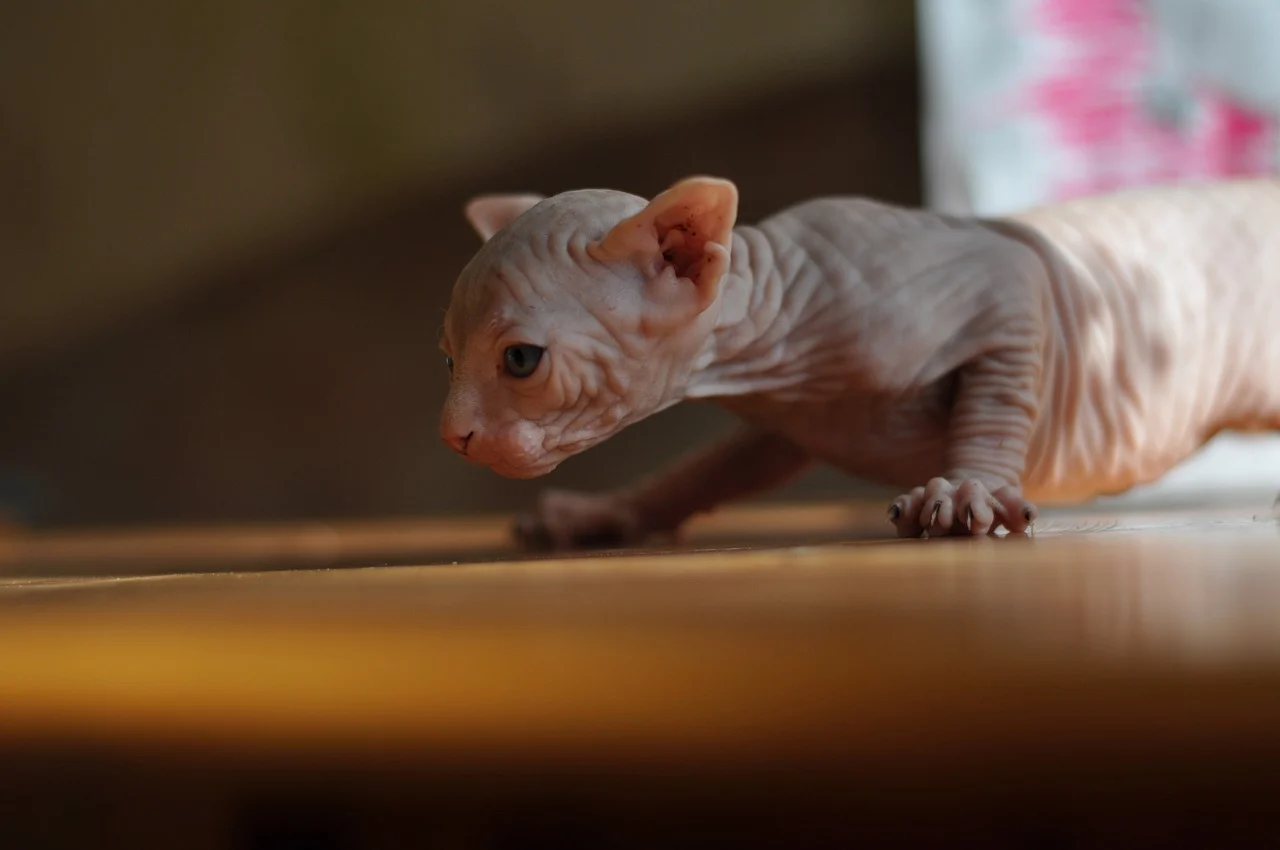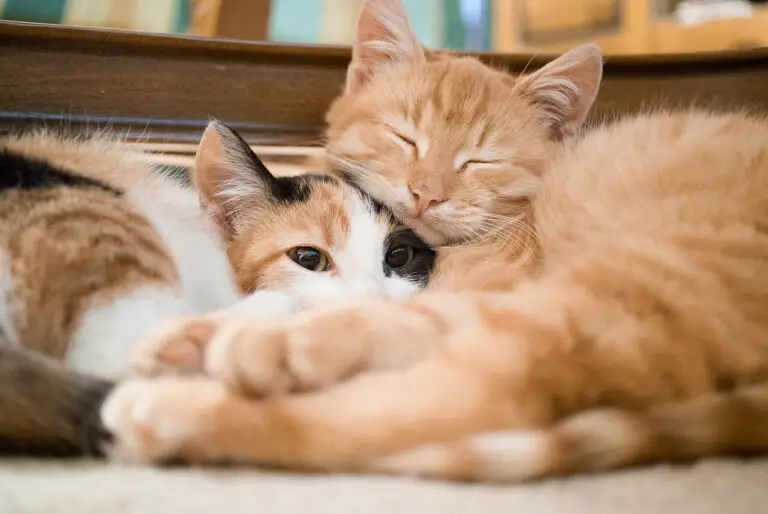
Cats are able to fit through tight squeezes because of their flexible bodies. They can turn their heads to either side and still see what is in front of them, as well as turn around.
Their flexible bodies also allows them to squeeze through gaps that would be impossible for other animals.
When cats flex their spines, they can expand the rib cage and look larger to an observer. This is important for cats who are trying to squeeze through tight places like under a door or into a small box.
The way cats do this is by having very flexible vertebrae that allow them to bend backwards instead of forwards like humans do. This allows the cat’s back to arch and its rib cage to expand, making it look bigger than it really is.
Cats are able to fit through tight squeezes because they have a long body and short legs. They can also tolerate the pressure, which is necessary for them to squeeze into small places.
How big of a hole can a cat squeeze through?
Most cats will squeeze through a hole that is 1/2 inch or less in diameter. It’s not impossible for a cat to get through the smallest openings, but it takes some effort.
A kitty’s jaw and teeth are designed for hunting, not eating. Most cats have no problem with holes less than 1/4 inch wide. In fact, even if your cat could fit her head through the hole, she wouldn’t be able to open her mouth wide enough to close it again — so she’d just suffocate.
The cat’s body size and the size of the opening are two factors that determine how much room it has to get through.
For example, if there is a small hole and your cat is large, it may not be able to fit through at all. If you have a very large cat that can fit through most openings, however, it would be possible for it to squeeze through anything up to about an inch and half in diameter.
Can cats fit through an opening the size of their head?
The answer is yes. Cats can fit through an opening the size of their head. Some cats are more flexible than others, but they’re all capable of squeezing through tight spaces.
A cat’s head is about seven inches long, which is slightly larger than the opening of an average door. However, if a cat is really determined, it can fit through the opening.
Cats are small compared to humans and other animals. Cats have a flexible spine that allows them to fit through small spaces. The flexible spine also allows cats to turn their bodies around in tight spaces, allowing them to navigate tight gaps.
Cats can fit through openings as small as 2 inches wide, but they may be unable to get through openings much smaller than that.
Cats also have shorter legs than dogs do. This makes them less likely to knock over objects like books or furniture when entering or exiting tiny spaces.
How does a cat find out if she can fit through an opening?
Cats have a lot of ways to know when they can fit through an opening. Some cats will push themselves through openings, while others will simply squeeze themselves through.
A cat may try to squeeze her body through a hole if she’s in a hurry. She might also try it if she’s desperate for food or water. If she has been locked out of the house and cannot fit through the door or window, she may try to squeeze through the cracks in the door or window frame.
Cats are not very flexible, so they don’t usually fit headfirst into holes. Instead, they’ll push their whole bodies into the space and then pull themselves backward along with their tails or legs until they find enough room for their head first.
Cats are very good at finding their way through openings, whether it’s a hole in the fence or a window screen.
Cats can’t see through glass like we can, but they have a sixth sense that tells them how to navigate around obstacles. They know how to get through small openings and squeeze through tight spaces because they’ve been doing it since they were kittens!
What is the smallest gap a cat can get through?
The smallest gap a cat can get through is the size of their head. Cats are good at squeezing through very small gaps, but they can’t jump through them.
Cats are very curious animals, and they want to know everything about their surroundings. They are curious about how things work, how people work, how animals work and what might be out there in the world that they don’t know about yet.
Cats have been known to spend hours staring at the curtains or at their reflection in the window; they may even try to open doors and windows to see if they can get through them!
Why do cats like small spaces?
Cats like small spaces because they are the easiest for them to use as a litter box. Cats are also territorial and like to mark their territory by spraying urine on the walls of their boxes.
Cats also like small spaces because it makes them feel safe. If a cat feels threatened, he will try to hide or run away from the threat. This is why cats love to hide in boxes or under beds.
Cats are natural-born hunters. They are born with sharp teeth and claws, and they have the ability to kill prey that is significantly larger than themselves. But cats also have a natural aversion to small spaces.
Cats prefer open spaces to small spaces because they want to feel safe, even if it means being in a dark, small space. Cats also need access to water and food sources, which means that having multiple exits from their house is essential for them.
Cats prefer large rooms with high ceilings so that they can see around them easily. They also like it when there are lots of hiding places available because this helps them feel safe when they are out of sight from their owners.
How are cats so agile?
Cats are agile. They’re fast and strong, with a flexible spine and paws that allow them to move quickly. They are also small and light on their feet, which helps them to jump high.
Cats have retractable claws that are sharp enough to rip through paper when they attack prey. Their bodies have been adapted for climbing and leaping, which makes it easier for them to get into small spaces or onto high places.
Cats’ agility comes from the way they move. The body of a cat is quite long, so it can reach food or other objects at the end of a long jump. Cats also have very flexible joints that allow them to twist and turn in almost any direction.
Cats have long, thin legs, which helps them stand up without bending their back. This allows them to reach high places such as tree branches and tables.
Cats’ bodies are designed very differently from those of humans. The front paws are built for climbing and the back paws are built for running and jumping.


![Cats Haircuts Do Cats Need Haircuts? [Cat Grooming Guide]](https://kitteria.com/wp-content/uploads/2022/05/Cats-Haircuts-768x512.jpg)




